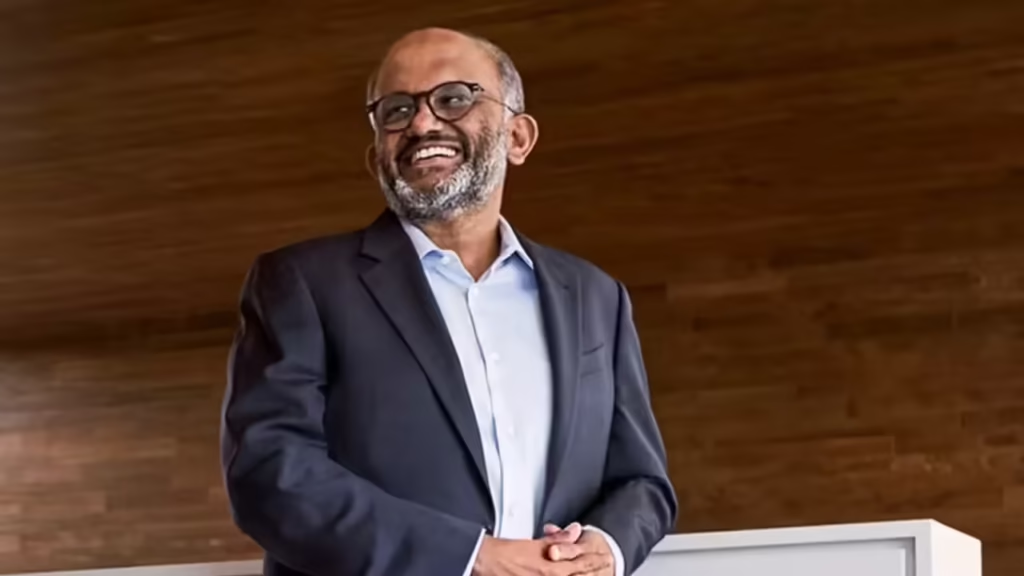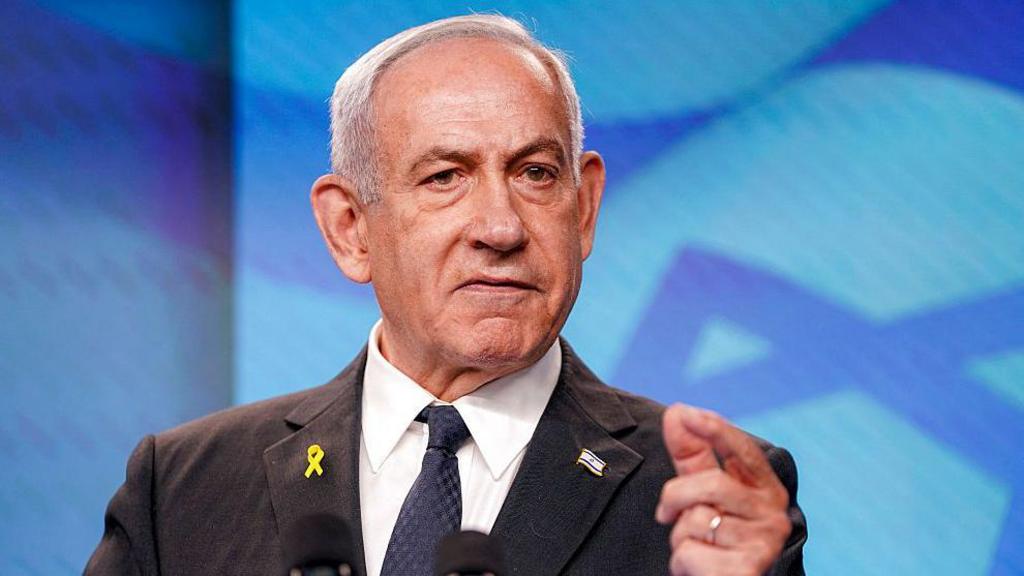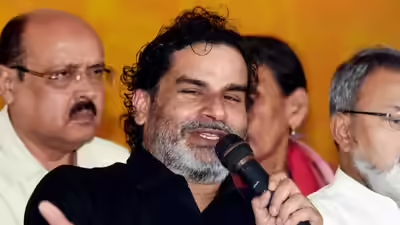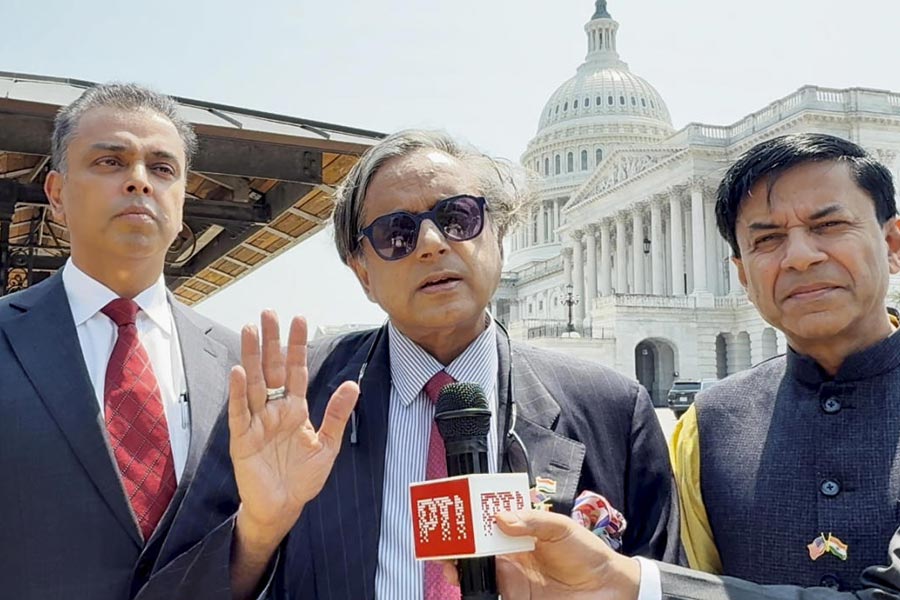Now Reading: Amit Shah Advocates Hindi, Questions English’s Colonial Legacy in New Language Push
-
01
Amit Shah Advocates Hindi, Questions English’s Colonial Legacy in New Language Push
Amit Shah Advocates Hindi, Questions English’s Colonial Legacy in New Language Push
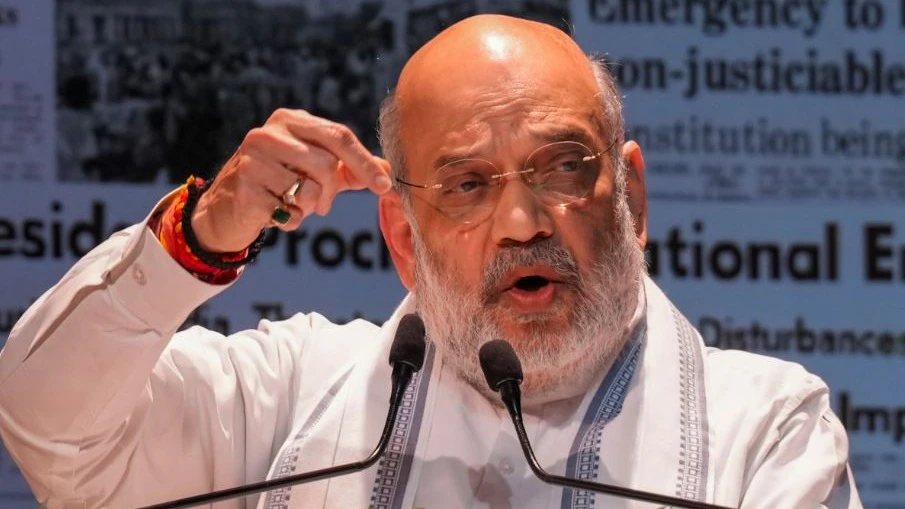
Union Home Minister Amit Shah has reignited the national language debate by urging greater promotion of Hindi while subtly questioning the widespread use of English in India. He referred to English as a “symbol of slavery,” sparking conversations across political, educational, and social circles. As India continues to navigate its multilingual identity, the remarks have found strong reactions—especially in Tier 2 cities where both Hindi and regional languages dominate.
Shah’s Statement and Its Context
During a recent public address, Shah emphasized the need to embrace Hindi and indigenous languages in daily life and governance. While acknowledging the role of English, he framed its dominance as a remnant of colonialism that continues to overshadow India’s native linguistic heritage.
The minister’s statement comes at a time when discussions around education policy, language use in Parliament, and administrative communication are already under public scrutiny.
Hindi’s Expanding Footprint
There’s no denying Hindi’s growing popularity, especially through entertainment, digital platforms, and government programs. From tier 2 cities like Kanpur and Jaipur to emerging metros, Hindi continues to bridge gaps across regions. At the same time, many argue that pushing Hindi too strongly could marginalize other regional languages like Tamil, Bengali, or Malayalam.
Shah’s remarks may resonate with Hindi-speaking populations but risk stirring linguistic sensitivities in non-Hindi states.
The Role of English in Modern India
English has long been seen as a language of opportunity in India. It connects Indians globally, fuels the IT sector, and serves as a neutral language across states. In Tier 2 cities like Coimbatore, Bhopal, and Nagpur, proficiency in English often opens doors to better education and employment.
Critics argue that dismissing English outright could impact India’s global competitiveness and widen the urban-rural communication divide.
Balancing National Identity with Practical Needs
The challenge, many experts believe, lies in achieving linguistic balance. While it’s essential to promote Hindi and regional languages for cultural identity and inclusivity, English still plays a vital role in bridging economic and academic gaps.
Several educators and linguists have called for a trilingual approach, where students learn English, Hindi, and their mother tongue to stay rooted yet globally prepared.
Conclusion
Amit Shah’s comments have brought the language debate back into national focus, highlighting the tension between cultural pride and practical utility. As India evolves, the way forward may not be about choosing one language over another, but about enabling coexistence that empowers every citizen—regardless of the language they speak.







